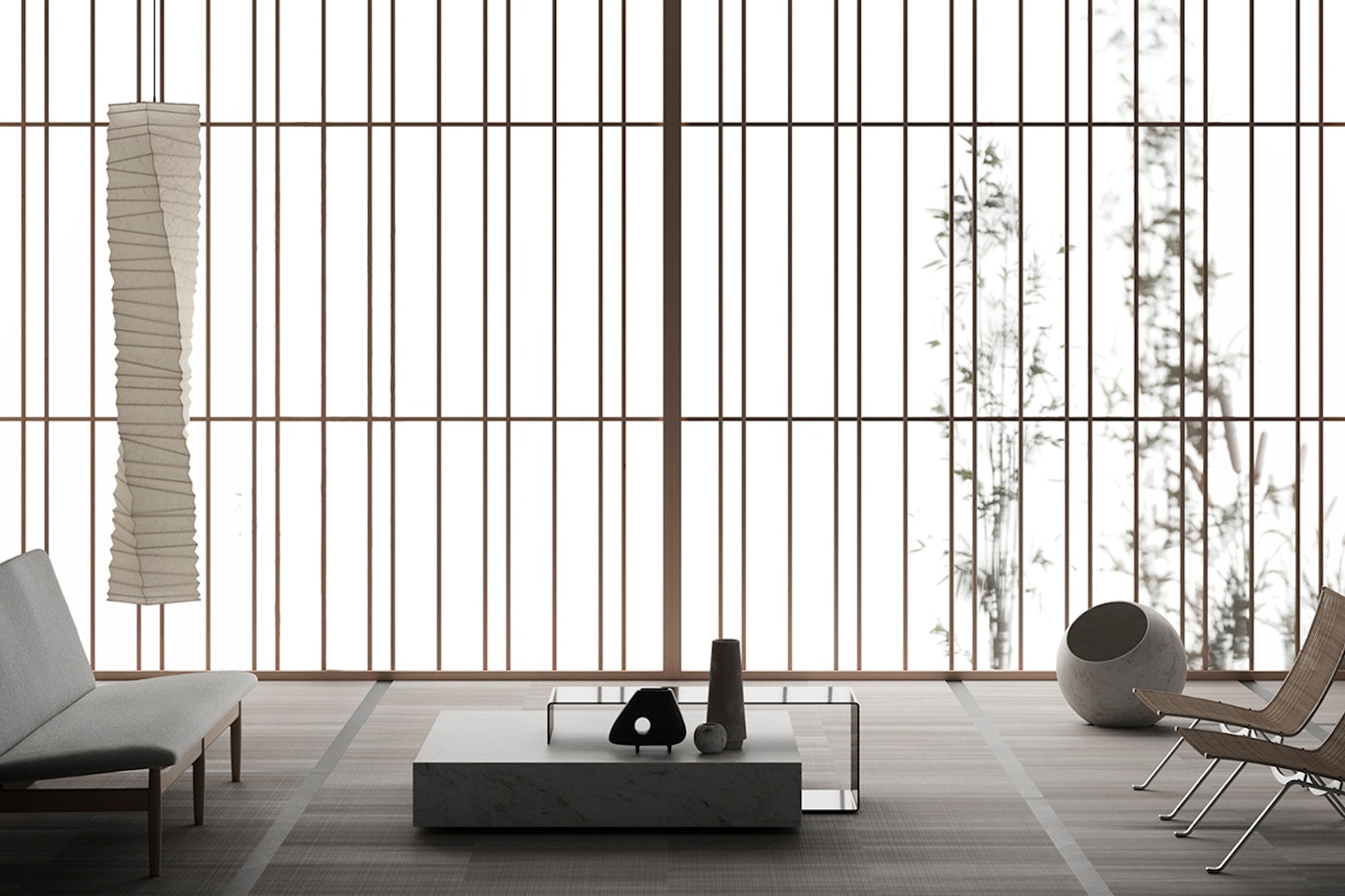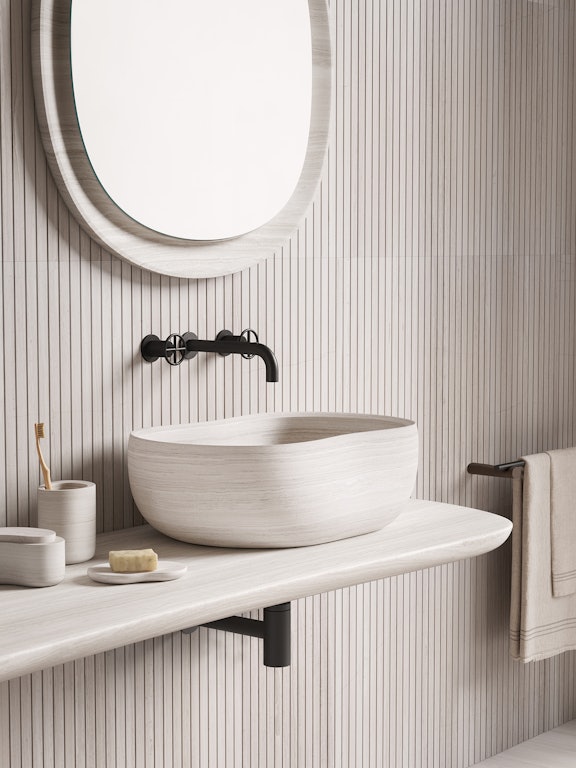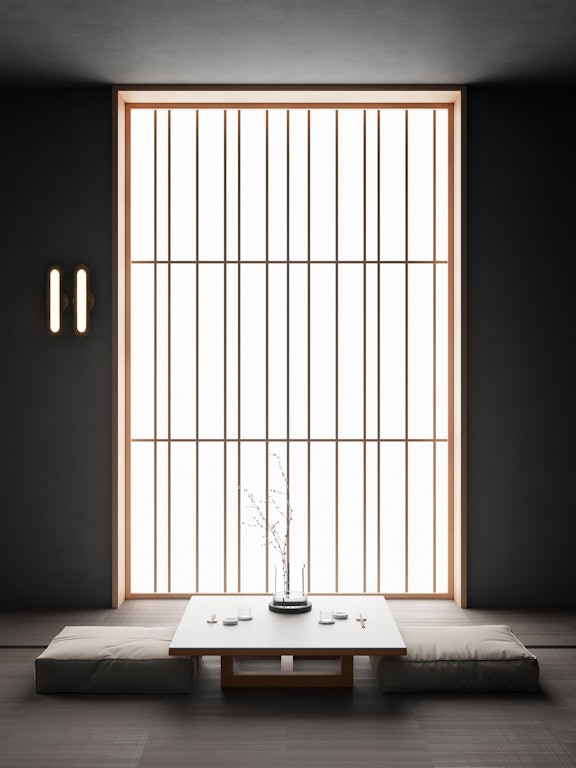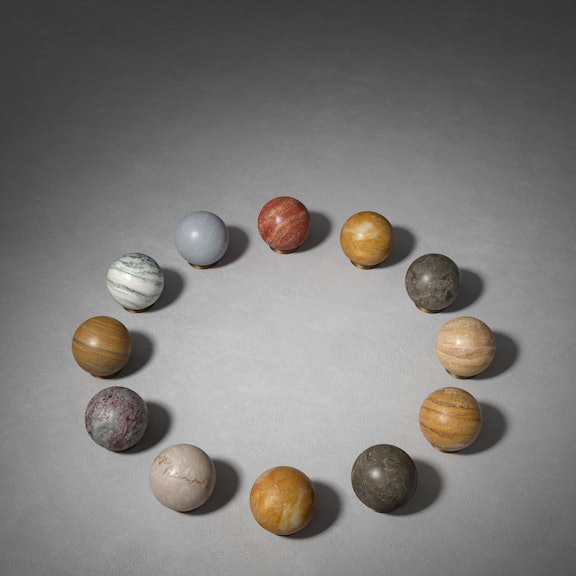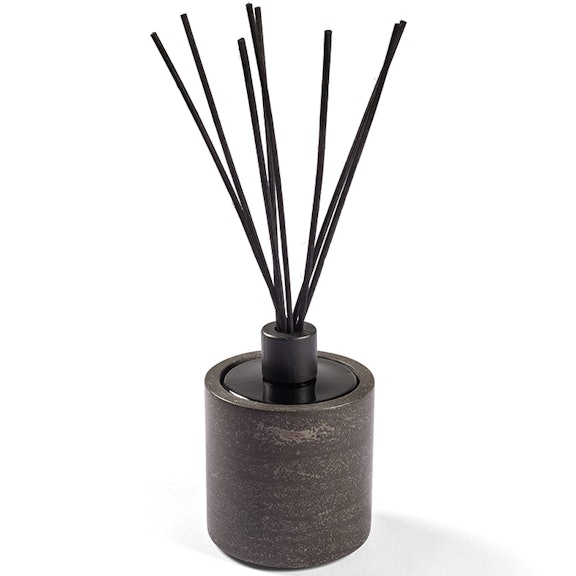How to achieve Feng Shui wellbeing in your home décor
03.2022
We take a look at the principles of Feng Shui and how they can be applied through interior décor to create positive energy and a sense of wellbeing in our home
Feng Shui: creating a decor that fosters wellbeing
Our approach to interior décor, whether for our own homes or shops, hotels, bars or restaurants, can often reveal the values of a society and as such, every culture develops its own style, which incorporates its own principles and ideals.
One of the oldest décor philosophies is Feng Shui, a Chinese approach that is all about creating perfect harmony between human beings and the environment around them. To achieve this, every space is designed around a series of considerations, with buildings and the objects inside them being arranged to create the right flow and energy.
Feng Shui is often described as a pseudoscience because there is no current scientific proof to back up its validity, however many of its principles make sense from a design point of view. Its main objective is to avoid the accumulation of negative energy by stimulating the flow of positive energy throughout a space. The idea is that this creates harmonious environments that foster general wellbeing of a building’s inhabitants and this accords neatly with the principle of yin and yang which stems from the Taoist belief in chi, which is the energy or life force that inhabits everything. Chi is made up of yin and yang elements.
In this article we examine how to apply Feng Shui to our own homes, with a more detailed look at the living, kitchen, entranceway, bedroom and bathroom. Before we do that, however, we will delve into the meaning of Feng Shui a little deeper.
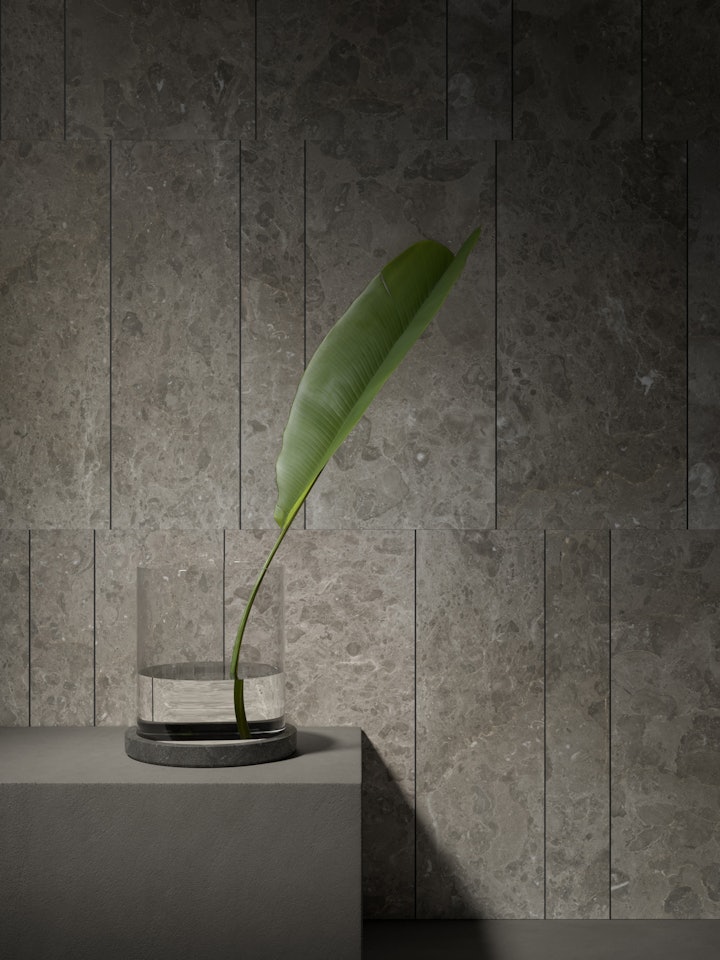
What is Feng Shui?
The Chinese term Feng Shui literally translates as “wind and water”, two elements that represent the idea of yin and yang, which believes in pairs of complementary opposites. According to the yin and yang theory, everything in the universe consists of two opposing forces made up of yin, which is feminine, and yang, which is masculine. Yin is seen as welcoming and more passive, associated with the moon, whereas yang is strong and impetuous like the sun. At the same time, we have wind representing the air that moves our vital energy around, and water. These two elements are, of course, crucial to shaping our world.
Feng Shui takes the concept of yin and yang and associates them with colours, shapes, spaces and even furnishings, seeking to find the perfect balance between interior and exterior, between our inner state of being and the space that surrounds us. Feng Shui has a set of rules to guide the placement and choice of objects, so before we go further, let’s take a look at them.
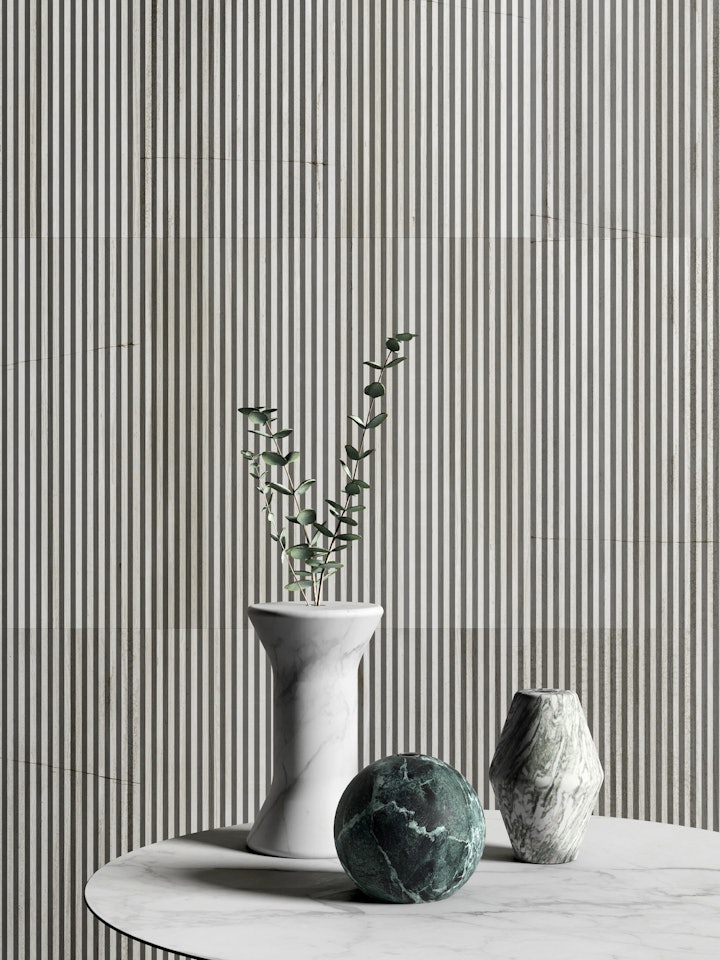
The rules of Feng Shui for decorating a home
According to the Feng Shui approach, every element in a space must serve a purpose and there must be a reason for its shape or for why it is placed in a certain location. Every single component is considered not only in relation to the environment it is found in, but also to other elements around it. The rules of Feng Shui centre around materials, spaces, colours and other elements, but there 6 central themes that provide the most important guidelines:
- dominant position
- doorways
- natural materials
- balanced colour scheme
- plants and water
- elimination of obstacles and clutter
By dominant position, we mean the area of a room that is furthest from the door and from where you have a commanding view of everything. This is the position to place the most important item of furniture, such as a sofa in a living room or your bed if we are talking about a bedroom. Doing this, you simultaneously reduce any sense of vulnerability and optimise the flow of positive energy.
Doorways are another key element of Feng Shui as they represent the access point for energy to enter in a space. As such, items of furniture, including chairs, sofas and bookshelves, should never have their backs to the door because this is seen as obstructing the flow of positive energy.
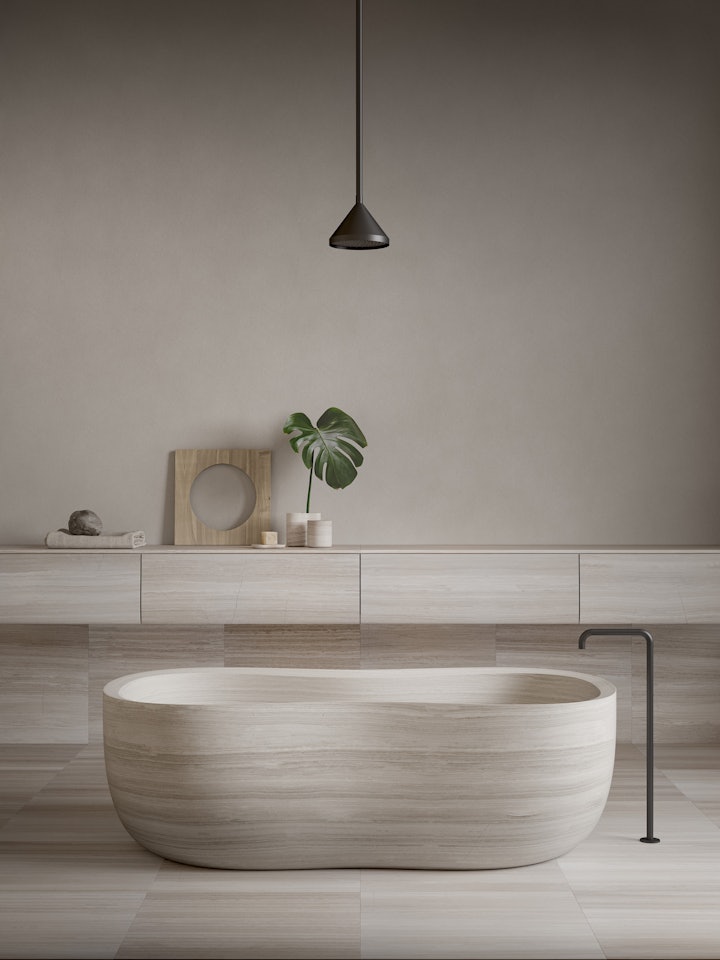
Materials are also important, with the emphasis being on natural elements such as wood, stone and metal for structures, and cotton when it comes to fabric. This carries through to colours, which should ideally be natural and also respect the concept of yin (dark) and yang (light) in creating the right balance.
Two other essential elements are water and plants and these are a must in a Feng Shui décor scheme. Water is associated with wealth, so having a river near your home or creating a fountain or water display is fundamental to attracting the relevant energy. Greenery represents vital energy which is why healthy living plants are believe to foster health and vitality.
The last key principle of Feng Shui is that you should remove any excess from your home and eliminate any physical obstacles. This means avoiding clutter and removing cumbersome objects that could hinder the way we move around our home and, of course, the flow of energy.
So, with the rules of Feng Shui established, it’s time to see how to apply the approach to the main rooms of a home if we want to create a harmonious and peaceful environment, that stimulates our sense of wellbeing.
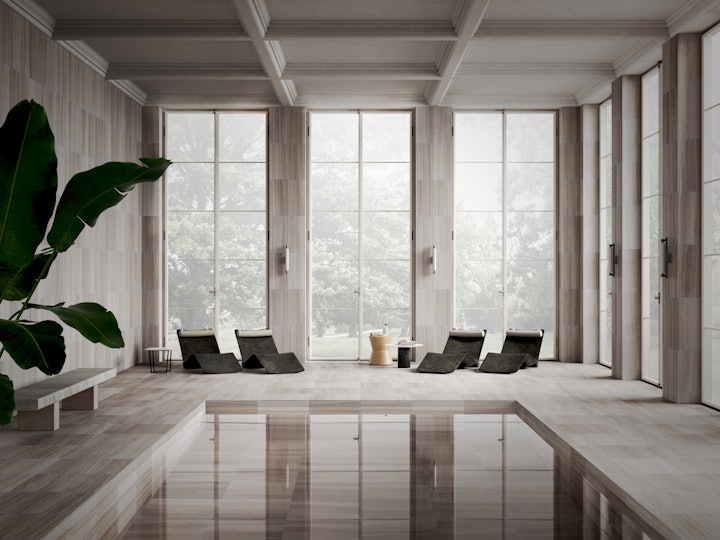
Feng Shui room by room
While the rules we have just looked at are the key principles of Feng Shui at a broad level, there are also a series of more specific guidelines to follow for different rooms in a home:
- living room
- bedroom
- kitchen
- bathroom
- entranceway
Let’s now take a look at how to achieve harmony in line with Feng Shui principles for each of these five spaces.
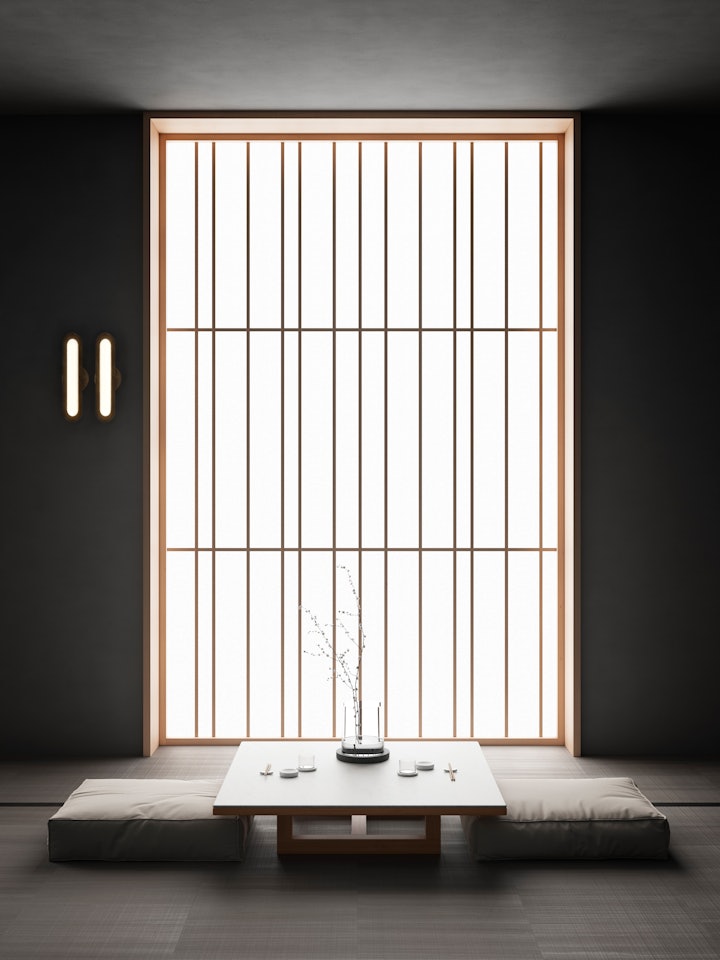
Feng Shui in the living room
The living room is the social centre of most homes and is the area where we gather with our loved ones. In Chinese philosophy, relationships are usually linked with the colour red in all its various nuances, making it ideal for the living room. That said, there are no limits in Feng Shui when it comes to the palette you want to use, as long as the tones are natural and at least one colour for every element (earth, wind, fire, wood, metal) is used, thus maintaining the perfect equilibrium. Other rules for the living room relate to:
- its shape
- furnishings
- plants
The first must be rectangular or square, while for the second, the crucial element is the sofa which should be curved or have rounded edges and placed against a wall, ideally in the dominant position as described above. The role of plants is to recharge the energy of anyone who enters the space.
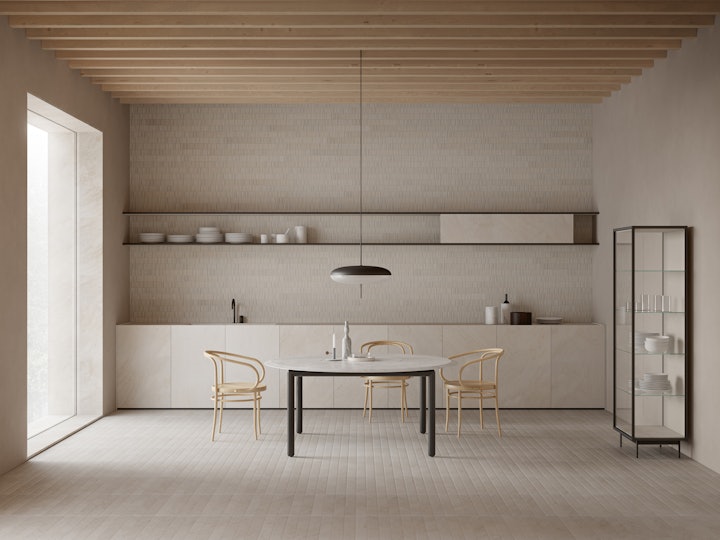
Feng Shui in the kitchen
When it comes to the kitchen, the rules of Feng Shui include:
- shape
- position of furniture and appliances
- colours
A kitchen should be rectangular and exposed to the south for better light, a key factor in this room of a house, where illumination and visibility are more so important in preparing and cooking food. When it comes to the placement of furniture and appliances, the five elements and their compatibility with each come into play. For example, the oven, which represents fire, should never be positioned near the fridge or dishwasher which both symbolise water. In terms of colour, Feng Shui favours the use of those aligned to yang energy, typically paler shades that reflect the light, such as yellow, orange, green and white. The idea is to combine them with colours and materials that evoke the earth, such as brown wood.
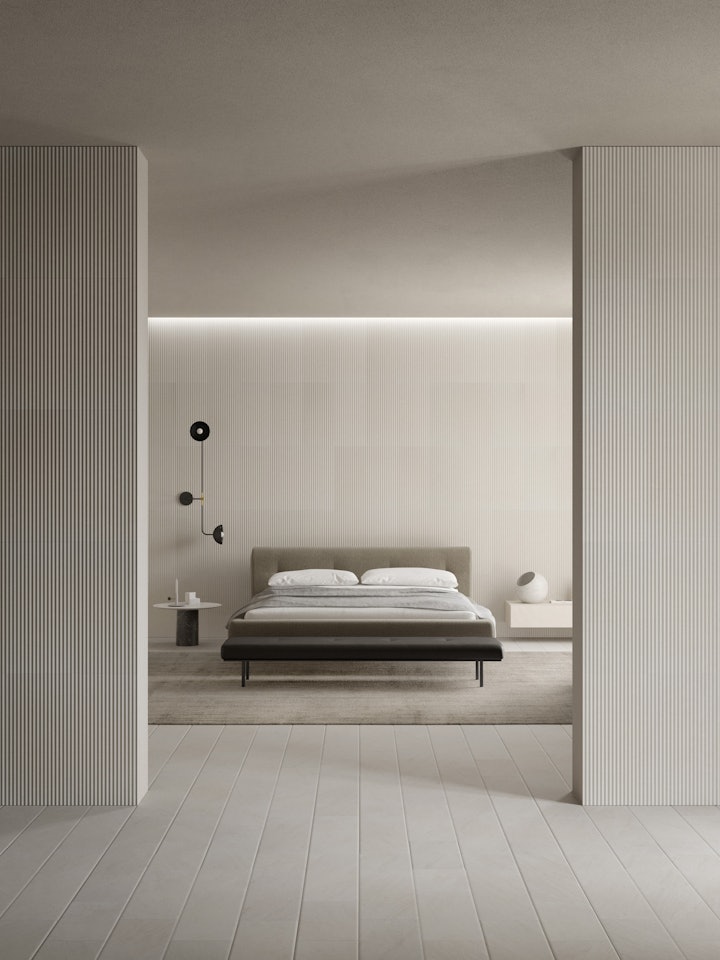
Feng Shui in the bedroom
The Feng Shui rules for the bedroom are based around:
- its position
- how furniture is arranged
- colours
According to Feng Shui, the best location for a bedroom is as far as possible from the front door and the street, which makes sense also from a purely pragmatic point of view, given that it is the space we go to rest and sleep, so should be exposed to as little noise as possible.
Bedroom décor, including the position of each item of furniture, is fundamental. The bed should be placed in the dominant position, diagonal to the door and with the head facing the morning sun. Bedside cabinets should have a curved or rounded form and should be positioned so that they create a perfect symmetry with the bed.
In terms of bedroom colours, Feng Shui suggests green, white yellow or black. Green is associated with plants and nature, and as such symbolises growth, while white represents luck and fortune. Yellow is uplifting and also tied to longevity, whereas black suggests rest and the crystallisation of ideas.
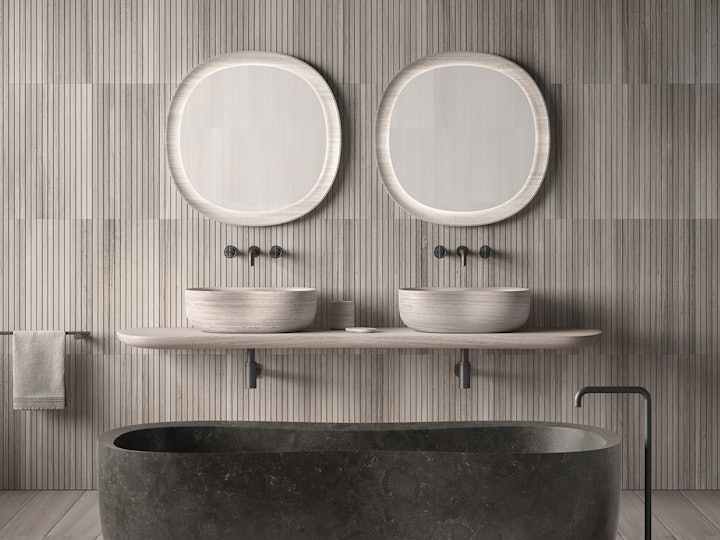
Feng Shui in the bathroom
No matter what philosophy you may adhere to, the bathroom is always considered the most intimate room in a home, the space where you relax and take the time not only to care for your body, but also your spirit. Feng Shui is completely in line with this concept, ruling that a bathroom should be located in the northern part of a house, far away from the entranceway and the kitchen. The logic for the latter is that the bathroom is connected to water, whereas the kitchen represents fire.
A bathroom decorated in line with Feng Shui principles should contain curved, rounded shapes that evoke the idea of running water. Natural materials such as wood and stone are also recommended, as the provide a connection to the earth element.
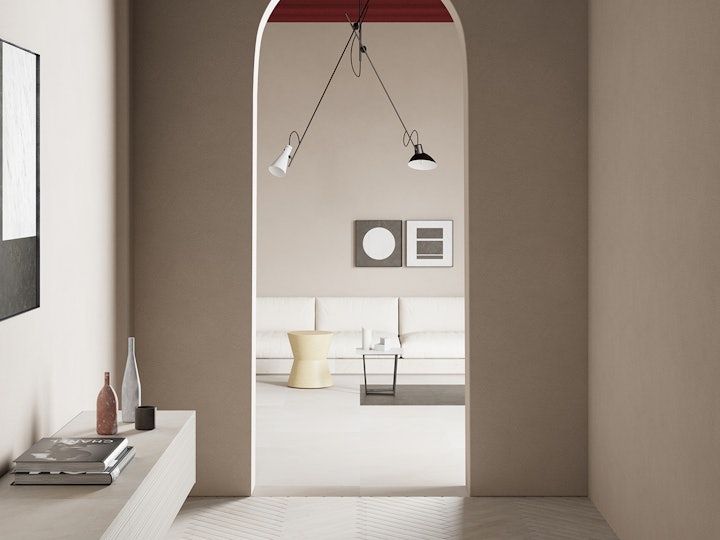
Feng Shui in the entranceway
The last room we will look at is, in fact, the first room or space you encounter when entering a home. Sometimes referred to as “the mouth of chi”, the entranceway is a key zone in Feng Shui philosophy. Here, the word chi refers to energy, so the entrance is where positive energy comes in. As such, it should be clean and uncluttered, so there are no obstacles to slow down or impede the influx of energy. In fact, according to the Feng Shui approach, a harmonious home environment starts, in every sense, with the entranceway.
After our dive into the fascinating world of Feng Shui, we now know the philosophy behind it, the general principles that guide it and, on a more specific level, how these are applied to six different areas of a home.
Nature and the elements are fundamental to achieving harmony and a sense of wellbeing in line with Feng Shui and this chimes perfectly with our approach to design. We work with natural materials such as stone and wood, creating understated, elegant products that encapsulate one of the key principles of Feng Shui which is that less is more.
We invite you to browse our Home and Bathroom collections or get in touch with us to talk through your home interior ideas. We will be delighted to help.
